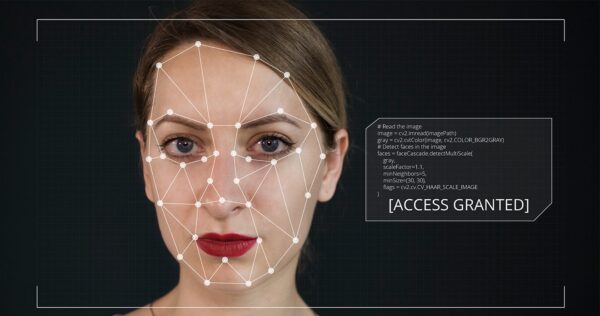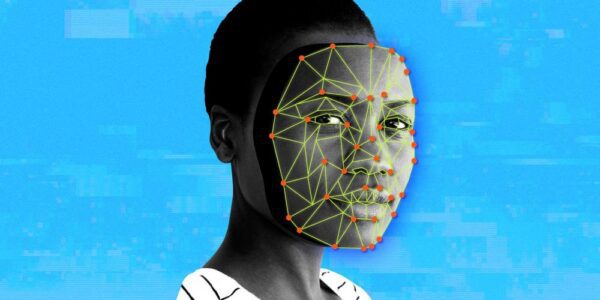Deepfake pictures are manipulated or altered using artificial intelligence to make them appear natural but fake. While creating deepfakes is not illegal, using them for malicious purposes, such as spreading false information or defaming someone’s character, can be considered a crime. The rise of deepfakes has raised concerns about privacy and the potential for misuse in politics and other industries. Therefore, there have been calls for stricter laws and regulations to address the issue of deepfake pictures.
Table of Contents
What is a Deepfake, and Why Does the Government Want to Make Them Illegal?

- A deepfake is a type of digital manipulation that uses artificial intelligence and machine learning algorithms to create fake images, videos, or audio recordings.
- Deepfakes are highly advanced and difficult to detect, making it possible for someone to create a convincing fake of someone saying or doing something they never actually did.
- The government wants to make deepfakes illegal because they can be used for malicious purposes such as spreading false information, manipulating elections, and damaging someone’s reputation.
- Deepfakes can cause social unrest and disrupt the trust in media and public figures.
- They can also be used for cyberbullying, blackmail, and other forms of online harassment.
- Making deepfakes illegal would help protect individuals’ privacy and prevent the spread of misinformation.
What is a Deepfake Image?
A Deepfake Image is a type of manipulated media that uses advanced machine learning algorithms to create highly realistic fake images. These images often deceive viewers by making them believe they are real.
Deepfake Images uses artificial intelligence to analyze and alter existing photos or videos, replacing the original content with something entirely new. This technology can be used for harmless fun, but it also has the potential to cause serious harm by creating false information and spreading misinformation.
How Does the Technology Work?
The technology uses algorithms and machine learning to analyze large amounts of data and identify patterns or trends. It uses this information to make predictions or decisions without explicit programming. This is achieved through artificial neural networks, which mimic the function of the human brain, and other techniques such as natural language processing and deep learning. The technology constantly improves and adapts based on new data, allowing it to make more accurate predictions over time. It also has many practical applications, from improving business customer experience to aiding in medical diagnoses.
Frequently Asked Questions About Deepfakes Being Illegal
Is it illegal to create deepfake images?
Creating deepfake images is not inherently illegal, but using them for deceptive or malicious purposes can be considered illegal. For example, using deepfakes to defame someone’s character or spread false information can result in legal consequences. However, no specific laws currently regulate the creation of deepfakes, making it a grey area regarding legality.
Can you make a deepfake from a picture?
It is possible to create a deepfake from a single picture using advanced artificial intelligence algorithms. This process involves training an AI model with various facial expressions and movements to manipulate the original image and create a realistic video. However, the quality and believability of the resulting deepfake may vary depending on the original picture’s complexity and the creator’s expertise.
Do you need permission to deepfake someone?
The legality of creating a deepfake without permission varies depending on the country and its laws regarding privacy and defamation. In some places, using someone’s image without their consent for commercial purposes may violate their rights. It is always best to seek permission before manipulating someone’s image or likeness.
Is deepfake a crime?
Deepfakes are not considered criminal acts, but their misuse can lead to criminal charges. For instance, creating fake videos or images with ill intent, such as blackmailing or extorting others, can result in charges related to fraud, harassment, or cyberbullying. Additionally, using someone else’s identity without their consent can also constitute identity theft and be punishable by law.
Final Thoughts
In my opinion, deepfake pictures should be considered illegal due to the potential harm they can cause. While they may seem like harmless fun or a form of entertainment, they have the potential to ruin people’s lives by creating false and damaging images. These pictures can also be used for malicious purposes, such as cyberbullying or blackmailing.
In addition, deepfake pictures blur the line between reality and fiction, making it difficult to trust what we see online. The spread of misinformation through these fake images can also have serious consequences. Therefore, strict laws and regulations should be in place to prevent the creation and distribution of deepfake pictures and protect individuals from their harmful effects.

